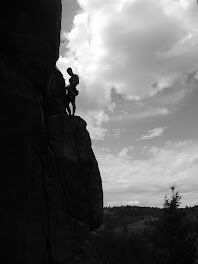I have been reading Curtis J. Bonk’s The World Is Open which covers the definition, application and implication of Open Education. If you believe in and advocate for Open Education he requests that you participate in 10 things as a call to action, while I won’t cover all of those in this entry today I do intend to follow through with one of his requests. Bonk asked that we find and index fee online courses in our areas of expertise. Following that request I have provided one such outline below. My dissertation research and interest was in Sustainable Development, therefore I found the following resources for informal/open education listed below. Some of the resources listed below may not be from accredited institutions of higher learning but may serve as resrouces/text materials.
Technology and Global Development (WM0903TU)
Companies and governments have to decide upon technological strategies, i.e. which products are to be developed and which processes and infrastructures are required for the future. Several tools to consider technological strategies are dealt with in this course.
Technics and Future (WM0908TU)
Companies and governments have to decide upon technological strategies, i.e. which products are to be developed and which processes and infrastructures are required for the future. Several tools to consider technological strategies are dealt with in this course.
Technology in Sustainable Development (WM0922TU)
Next to their master all TU Delft students can specialise in sustainable development. This course is one of the requirements for the specialisation. It consists of a full-time week of guest lectures and workshops which takes place on a boat, and a group assignment to solve sustainable problems.
Technology Dynamics for Sustainable Innovation (MOT1410
Conducting innovative research is working on the edge of the known and the unknown. In creating new technology the result is never guaranteed. Society faces a tremendous challenge in order to develop in a more sustainable way. What role is there for technology in this process of change? How could we stimulate innovations in technological systems?
Sustainable Energy
This course assesses current and potential future energy systems, covers resources, extraction, conversion, and end-use, and emphasizes meeting regional and global energy needs in the 21st century in a sustainable manner. Different renewable and conventional energy technologies will be presented including biomass energy, fossil fuels, geothermal energy, nuclear power, wind power, solar energy, hydrogen fuel, and fusion energy and their attributes described within a framework that aids in evaluation and analysis of energy technology systems in the context of political, social, economic, and environmental goals.


